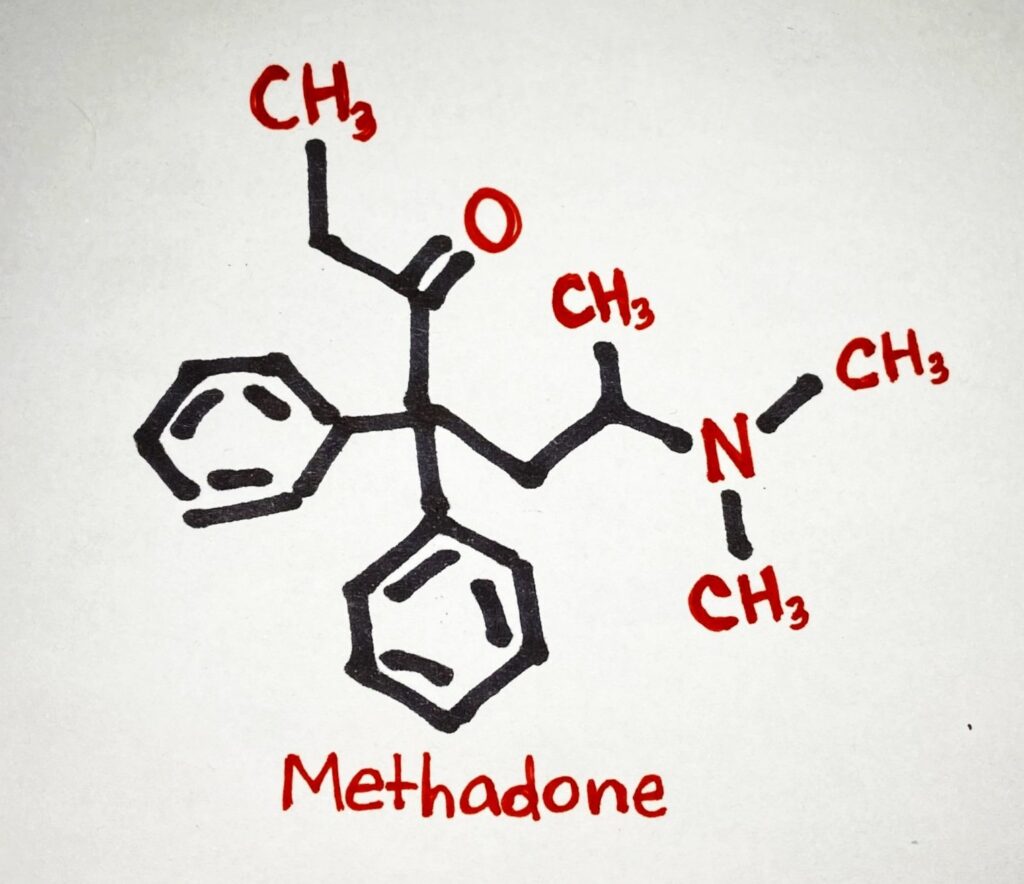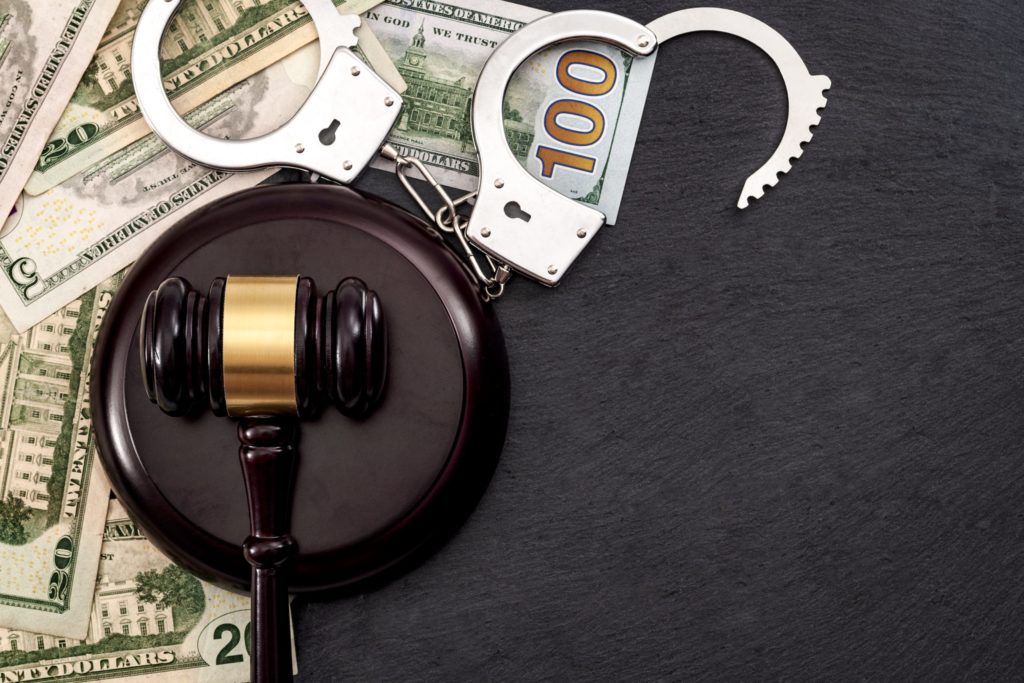Ten years later, the U.S. is still debating Fannie and Freddie
The giant U.S. government-guaranteed mortgage companies, Fannie Mae and Freddie Mac, were and are unique features of American housing finance compared to other countries. In the days before their 2008 fall into insolvency and government conservatorship, which also saw their previously feared political power fizzle, Fannie and Freddie used to claim they were “the envy of the world.” In those days, they could always get many members of the U.S. Congress to repeat that claim, even though it wasn’t true.
But Fannie and Freddie were huge and still are – their combined 2018 total assets are $5.5 trillion. (This amount is about the same as the combined GDPs of the United Kingdom and France.) Fannie and Freddie were, and continue to be, dominant factors in U.S. housing finance markets. But they remain in government conservatorship more than 10 years after the collapse of the housing bubble they helped inflate and after the government bailed them out. Even after more than 10 years of debating, the government can’t figure out what to do with them next. All kinds of plans have been proposed by various politicians, trade associations, financial commentators, think tanks and investors. None has been adopted. The amount of talk has been vast, but no agreed-upon path has emerged out of the fog of endless debate.
The central problem is this: Fannie and Freddie have always been dependent on the guarantee of their obligations by the U.S. government. The guarantee was said to be “implicit,” but it was absolutely real, as events proved. Based on this guarantee, they sold trillions of dollars of bonds and mortgage-backed securities around the world. They never could have done this without their credit support from the government, and when they failed, the government protected the buyers. Although there is still not a formal guarantee, their backing by the government is even more indubitable now, since the U.S. Treasury has agreed to put in enough new senior preferred stock to keep the net worth of each from falling below zero.
Before the housing bubble shriveled, Fannie and Freddie did have some capital of their own, though a small amount relative to their obligations. In 2006, before their fall, they had combined total equity of $66 billion. That may sound significant, but it was to support assets plus outstanding guarantees already totaling $5.5 trillion, giving them a capital ratio of a risible 1.2 percent. In other words, they were leveraged 83 to 1. Such was the advantage of being darlings of the government. To get up to international risk-based capital standards, I calculate they would then have needed $90 billion more in capital than they had.
Now, 10 years after their government bailout, their combined equity is $10.7 billion, giving them a capital ratio of a mere 0.2 percent. In other words, their capital rounds to zero, and their leverage is 514 to one. To meet international standards, they would now require an additional $124 billion in capital. Without capital, Fannie and Freddie at this point rely not just in large measure, but utterly and completely, on their government guarantee. Indeed, they could not stay in business for even one more minute without it, and this has continued for 10 years.
In good times, running on the government’s credit can be very profitable, and so Fannie and Freddie have been, following the recovery of U.S. house prices which began in 2012. Why have they not built up any capital at all since then? Well, in that same year, the U.S. Treasury Department and the conservator for Fannie and Freddie (the Federal Housing Finance Agency), agreed that each quarter, essentially all of the profits of Fannie and Freddie would be paid to the Treasury, thence going to offset the federal deficit.
This agreement between two parts of the government that the government would take all the profits until further notice has been viewed as unfair and illegal by investors in the common and junior preferred stocks of Fannie and Freddie, which continue to exist. Hedge fund investors, employing top legal talent, have generated various lawsuits against the government, none of which has succeeded.
It is essential to understand the most important macro effect of Fannie and Freddie. This was and is to run up the leverage and therefore the risk of the entire mortgage and housing sectors. Thanks to them, the aggregate leverage of the system is much higher than would otherwise have been possible, and house prices get inflated relative to incomes and down payments. As this leveraging proceeds, it shifts more and more of the risk of mortgage credit from the lenders and from private capital to the government and to the taxpayers. Fannie and Freddie did and do create major systemic risk.
This sounds like a bad idea, and it is. But once the government has gotten itself deeply committed to such a scheme, and the mortgage and housing sectors have gotten used to enjoying the credit subsidy and economic rents involved, it is very hard to change.
Numerous important interest groups benefit from Fannie and Freddie’s running up the systemic leverage and risk. These include:
- Homebuilders, who benefit from more easily selling bigger and more profitable houses.
- Realtors, who likewise profit when selling houses is made easier and get bigger commissions when house prices rise.
- Wall Street firms, whose business of selling mortgage-related securities around the world is easier and bigger when they have government guaranteed bonds to sell.
- Banks, who have become organized to make mortgage loans and pass the credit risk to the government.
- Mortgage banks, who do not have the capital to hold loans themselves and likewise can pass the risk to somebody else.
- Municipal governments, who like the higher real estate taxes generated by high property prices.
- Investors in mortgages who don’t want to have to worry about credit risk because the taxpayers have it instead.
- Affordable housing groups, who get subsidies from Fannie and Freddie.
- Politicians, whose constituents and contributors include the aforementioned groups.
This daunting Gordian knot of private and political interests, all of whom get advantages from the economic distortions of Fannie and Freddie, all of which are always busy lobbying or being lobbied, makes it highly unlikely that the currently divided Congress will do any better at reform than its predecessors of the last decade. My own view is that the probability of meaningful legislation for Fannie and Freddie over the next year is zero.
But a different source of change is now a frequent subject of discussion and speculation. This is direct administrative action by the Federal Housing Finance Agency (FHFA) and the U.S. Treasury. The FHFA has a new director coming, Mark Calabria, nominated by President Donald Trump and apparently headed for confirmation by the Senate. Mr. Calabria has deep experience in the issues of Fannie and Freddie and might use his wide powers as their conservator and regulator for reform, including renegotiating their bailout deal with the Treasury.
Two essential reform items are putting Fannie and Freddie’s capital requirements on the same basis as every other too-big-to-fail financial institution; and making them pay a fair price to the government for its ongoing credit support. This should be in line with what all the big banks have to pay for deposit insurance, which is their form of government guarantee.
Might such things happen by administrative action? They might. But not without a lot of lobbying, arguing and complaining by all of the interest groups listed above.









